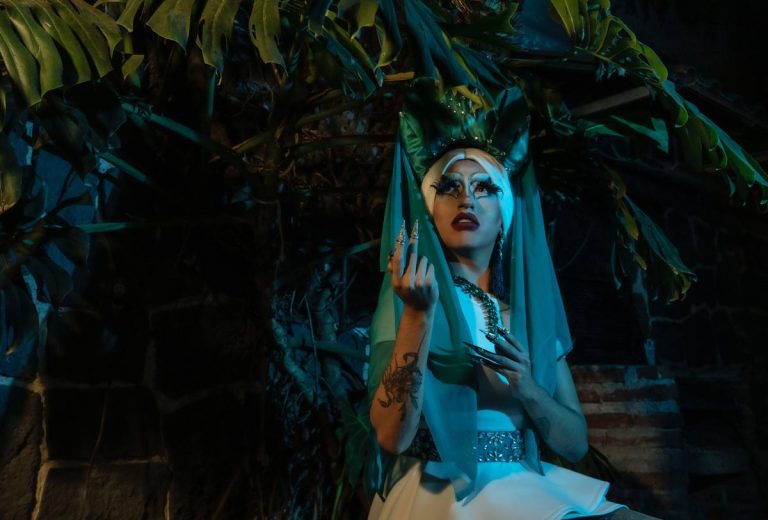Thai ladyboys: everything you need to know
Thailand is often described as the Asian country with something to enjoy for anybody. There is an abundance of history to explore, beaches to relax on and of course, the famous cuisine to gobble down, which are just a few among many more delightful activities the country has to offer. One of the other exoticities to the country is the prevalent culture of ladyboys. But what are ladyboys exactly, and why are they particularly common in Thailand?
What is a ladyboy?
For the sake of this article I will use the term ‘ladyboy’, however it is important to note that while the word is used to describe male to female transgender people in Asia, particularly in Thailand, many prefer to not be referred to as this. A ladyboy is also sometimes called a ‘shemale’. Walk with a respectful foot forward, and listen. That being said, a ladyboy is a transsexual or transgender woman, and in Thailand, they mostly come under the term Kathoey or Katoey, which directly refers to ‘someone of a third gender’.
Ladyboys are well integrated and widely accepted among Thai people and tourists, in fact Thailand (although less so in rural areas, the epicenter of this community is Bangkok), has a thriving transgender community and welcomes trans people when they are often ostracised in other parts of the world. They are also world famous for having beautifully feminine appearances, either quite naturally or mostly by using makeup, plastic surgery and various other cosmetic procedures, sometimes gender reassignment surgery too.
Thai ladyboys are often found working in salons, beauty counters and fashion thanks to their knowledge and interest in such matters, and are often generally looked up to for that reason. Other than this, they are also known for their incredible cabaret performances. Imagine sparkly outfits and embellished materials, glitter, and coloured lights—quite often it’s an event for the whole family to go and watch.
A brief overview of Thailand’s ladyboys
Historically, Thais started to identify what is transgender now as early as the 14th century, but western influence and ideas on the criminalisation of homosexuality made its way into Thailand during the 19th century. After the second World War however, the LGBTQ+ community really started to become visible. That being said, homosexuality was not decriminalised until 1956, and the laws do not acknowledge sexual orientations other than heterosexuality or those who identify as a gender different from their sex.
In 2007, a call for sexual identities to be included in the constitution’s anti-discrimination clause was rejected, meaning that those who identify as transgender cannot legally change their gender on their identification forms. By 2015, the Gender Equality Act was enacted, and Thailand also became home to Miss International Queen, which is the world’s largest transgender girl beauty contest.
Ladyboys and Thai religion
Of course, different religions have different views when it comes to matters involving homosexuality. Buddhism, more specifically Theravada Buddhism, is the dominant religion in Thailand, which considers ladyboys as the ‘third sex’, and believes that they become so not out of choice but because of past transgressions and sins. This leads to the belief that ladyboys should then be pitied as it was not their conscious will to be ladyboys, but a result of karma.
Are ladyboys prostitutes?
A lot of ladyboys are not prostitutes, however, some ladyboys do make a career as prostitutes. The high demand for encounters with Thai locals, especially ladyboys, is no secret within tourism. Being a prostitute in Thailand is mostly seen as a job to be pitied instead of something to be frowned upon, which in a sense makes it easier for the trade to continue.
Many ladyboys make a living out of simply being ladyboys, some establishments focus on providing entertainment such as cabaret shows for tourists as well as locals, but also work along a spectrum much like anywhere else in the world, from artists within makeup or fashion, film to politics.
Many have the idea that ladyboys are sex workers, while this may be in some cases true, the majority of the western world has built up a negative stereotype of the culture which is not the reality. This transsexual, transperson or transgender community simply choose to live their lives in a way they see fit, and I think that’s cool. In fact, I think more of the world should watch and learn from this welcoming culture.





